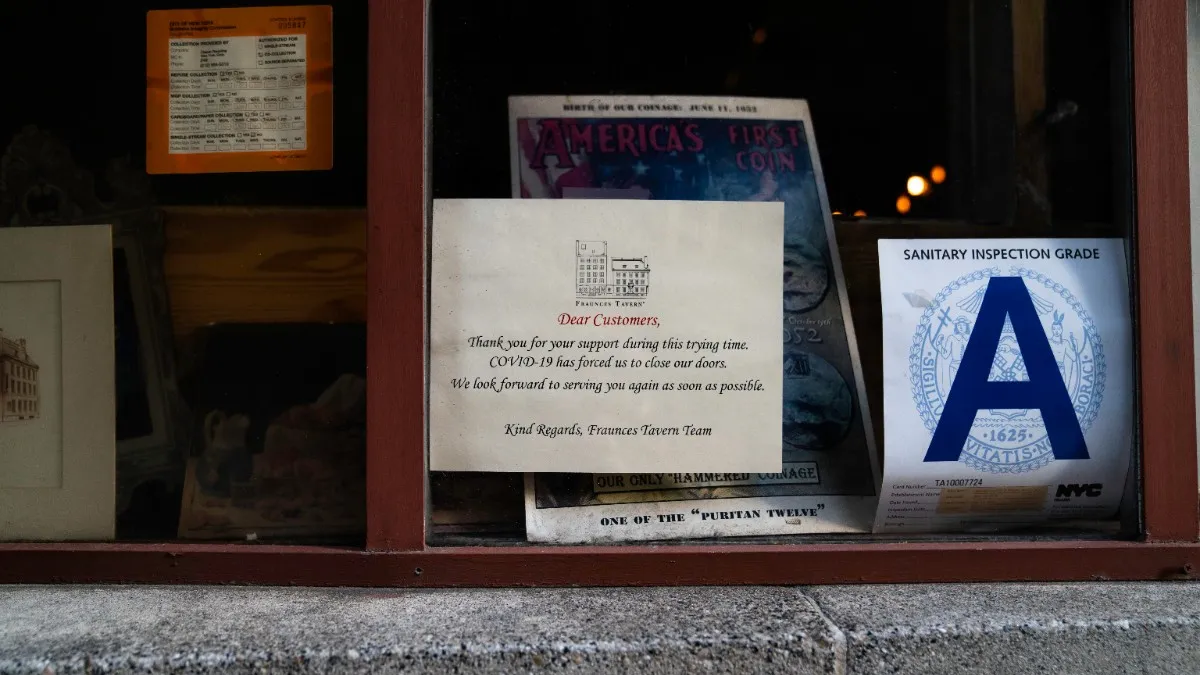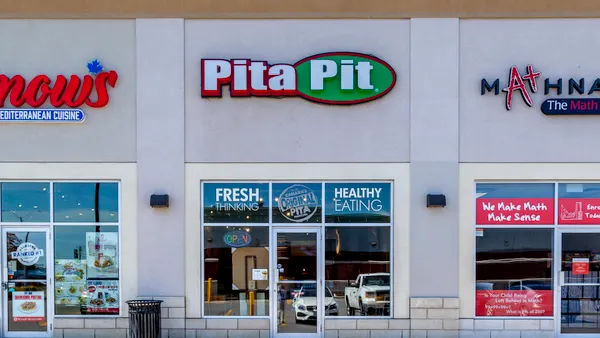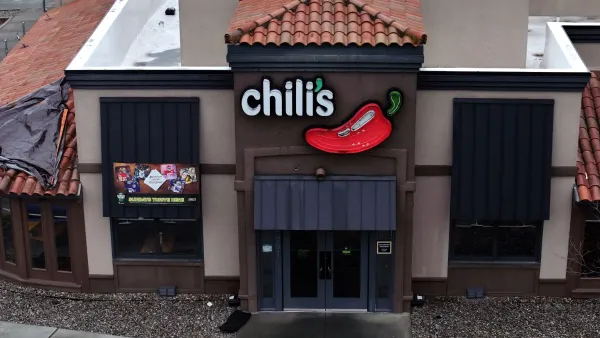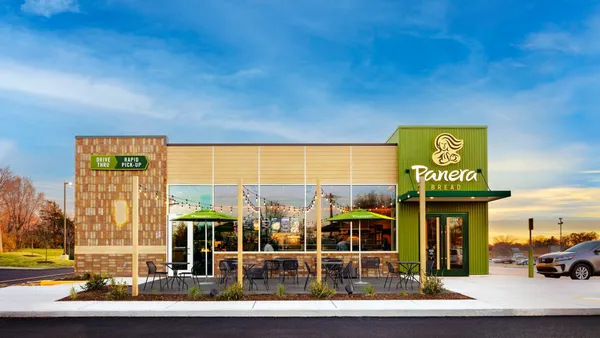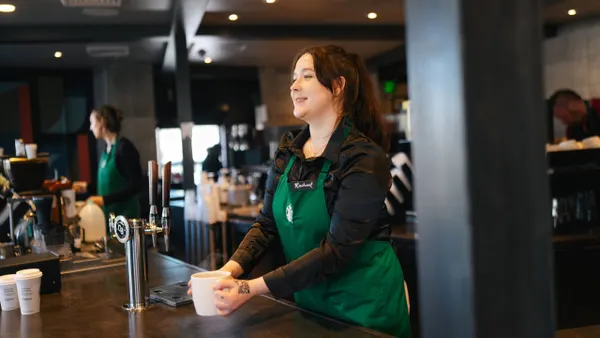Dive Brief:
- Nearly one in six restaurants, or about 100,000, have closed permanently or long term, and the industry is on its way to losing $240 billion in sales by the end of the year, according to a press release from the National Restaurant Association. The segment has already lost $165 billion in revenue from March to July.
- Forty percent of operators surveyed by the association said it is unlikely their restaurants will still be in business in six months if they do not receive additional financial relief from the federal government.
- Even with dining rooms reopening across a majority of states, consumer spending is still down an average of 34%, well below normal levels in August. This suggests that consumers still aren’t ready to come back to restaurants due to safety concerns or financial difficulties felt by high unemployment levels.
Dive Insight:
The National Restaurant Association and the Independent Restaurant Coalition continue to push the federal government for targeted aid that will help bring the industry back from the brink from what many are calling an extinction event for restaurants. Even restaurants that received Paycheck Protection Program loans have declared bankruptcy, including 16-unit Maison Kayser, which previously received $6.7 million in PPP funding.
Many municipalities have been slow to allow for dining rooms to reopen, with New York City postponing reopenings from July until late September. California also curtailed dining room reopenings in July following a surge in cases, only to allow select counties to allow limited dining room service in September. While many restaurants have bulked up their off-premise capabilities, it still hasn’t been enough to recoup losses. Sixty percent of operators also said that their operating costs have gone up compared to pre-COVID-19, according to NRA’s survey.
And as the colder fall and winter months approach, restaurants will only face additional burdens as outdoor dining becomes less viable. Most municipalities continue to restrict dining room capacity as well. Despite high unemployment, with roughly 3 million restaurant workers out of a job in May and June, some operators report having trouble hiring staff due to the ongoing threat of the virus and low wage work. Restaurants are functioning at 71% of staffing levels compared to pre-COVID-19, according to the NRA.
"The ongoing disruptions and uncertainty make it impossible for these owners to plan for next week, much less next year," Sean Kennedy, executive vice president of public affairs at the NRA, said in the press release. "Congress is about to leave Washington for the elections — we need them to focus on the short-term, basic solutions that have secured bipartisan support and passed one or both chambers."
Last week, California passed three bills into law to help support small businesses, such as excluding PPP loans from gross income for state taxes. While the laws can include restaurants, they aren’t specifically targeting them.
In a letter sent to Congress on Monday, the NRA urged Congress to authorize a second round of PPP loans with more flexibility and payroll outlays, to ensure that expenses paid with these loan are deductible, to expand the Employee Retention Tax Credit to help restaurants get support after the PPP loan has run out and to provide restaurants with tax credits to help with significant costs restaurants are incurring to mitigate employee and customer explore to COVID-19.



